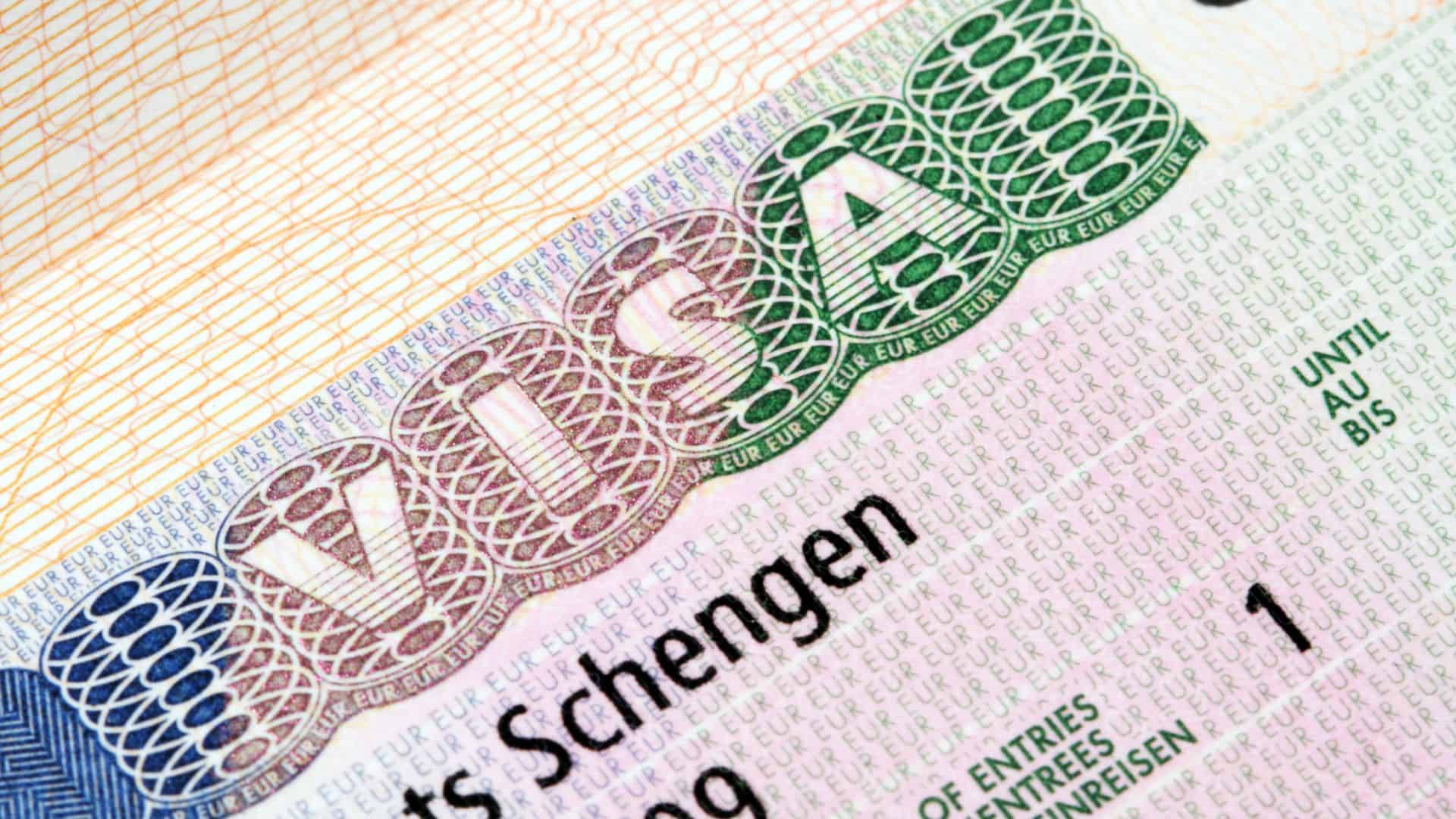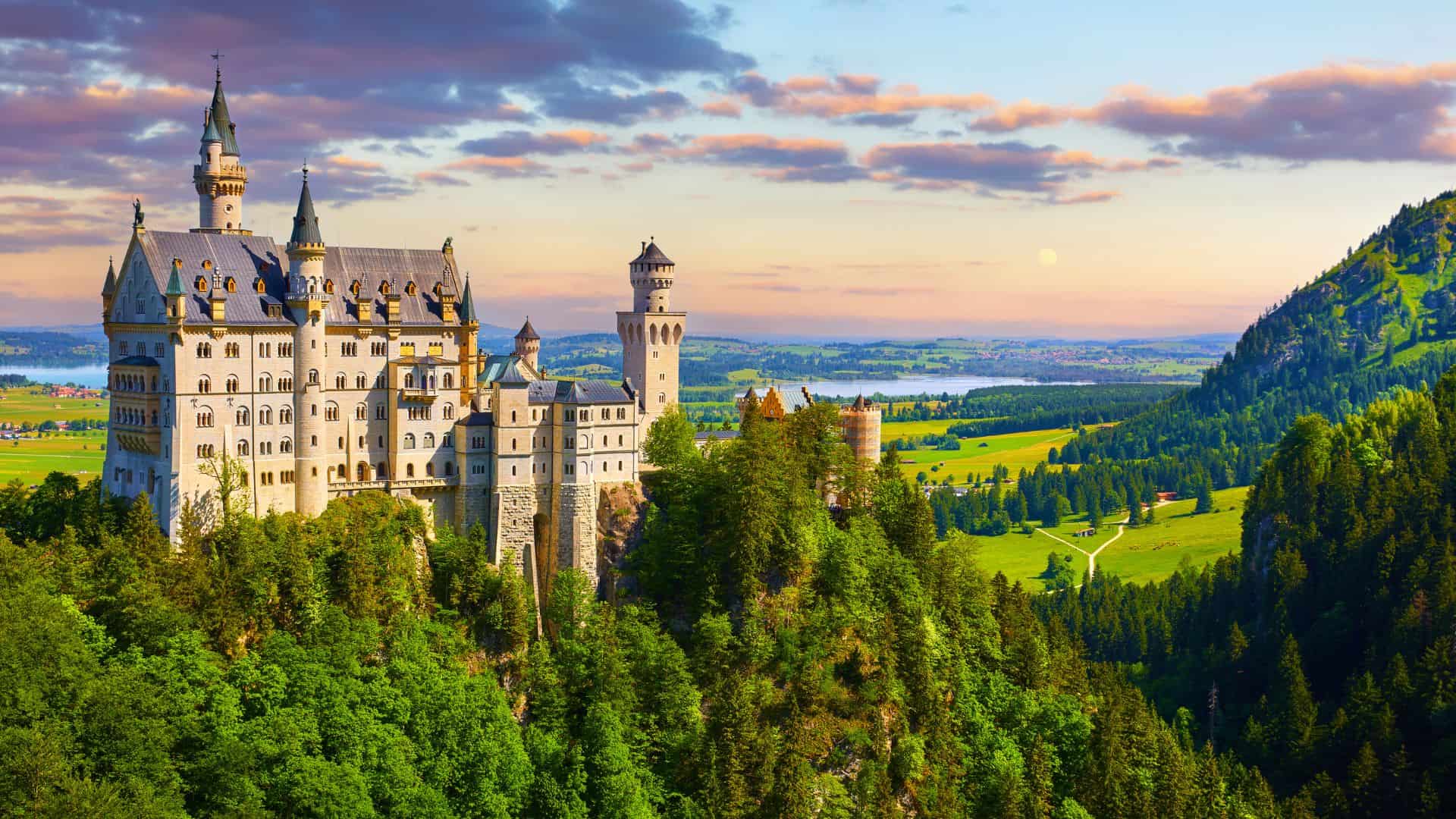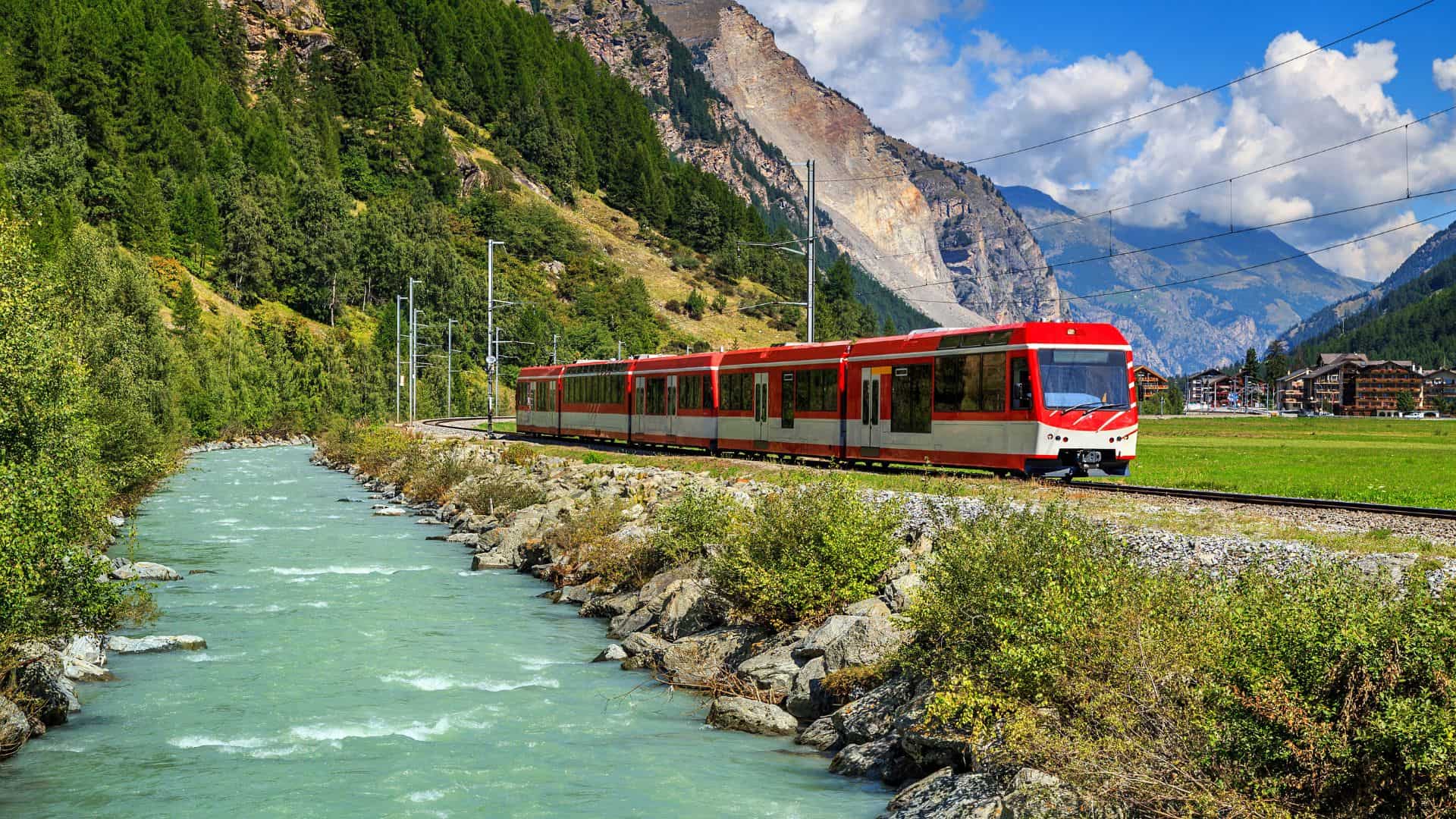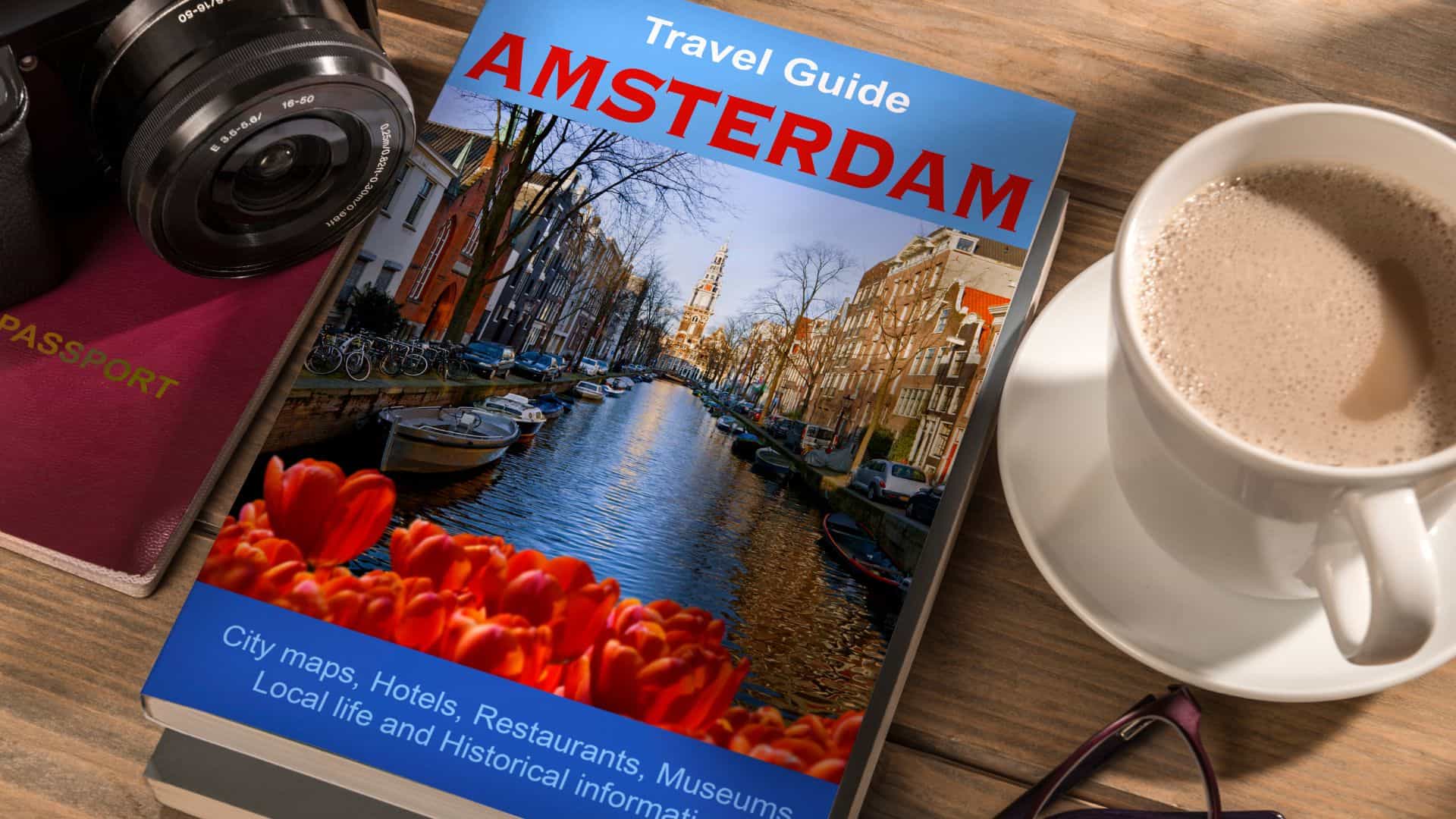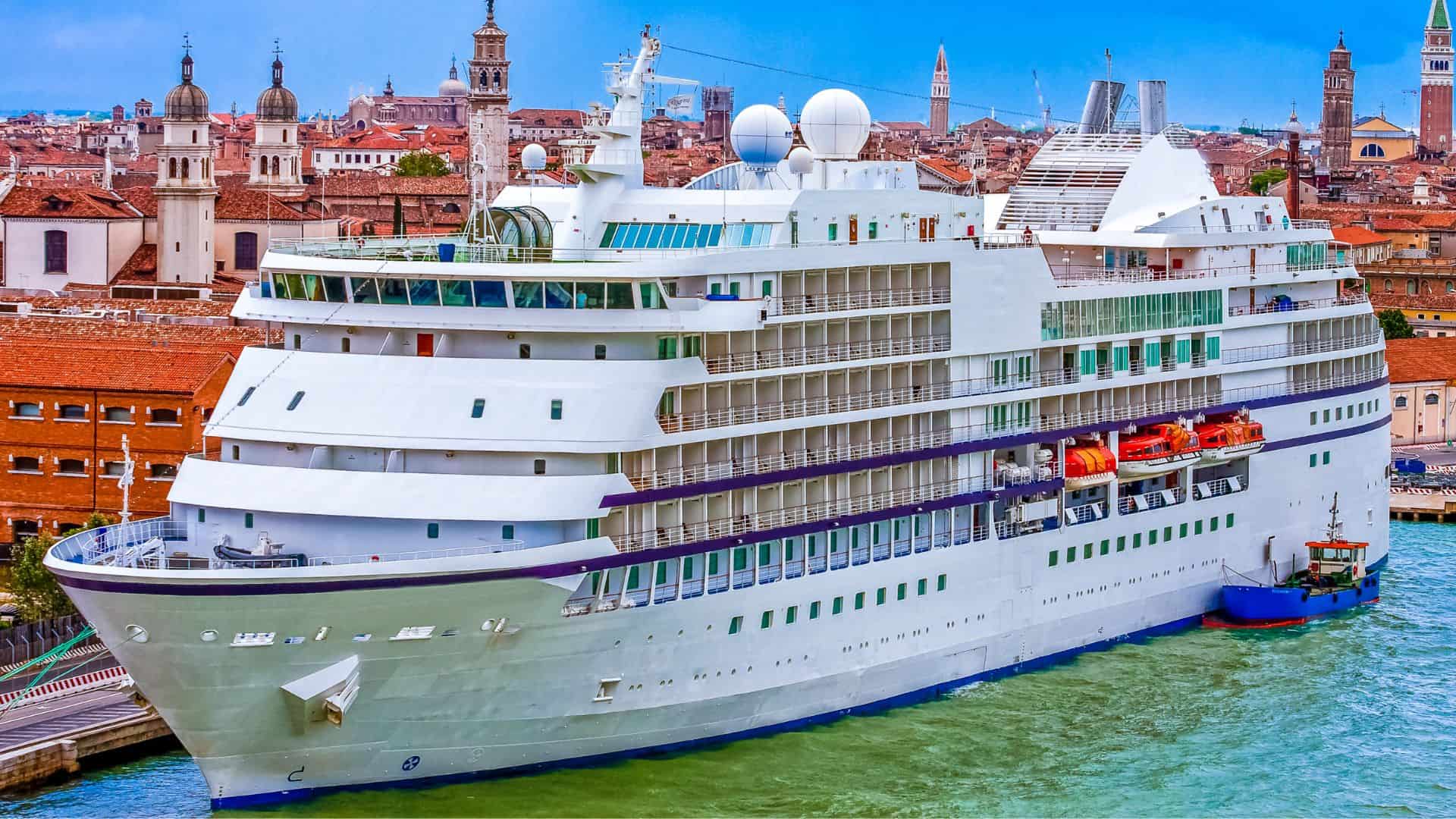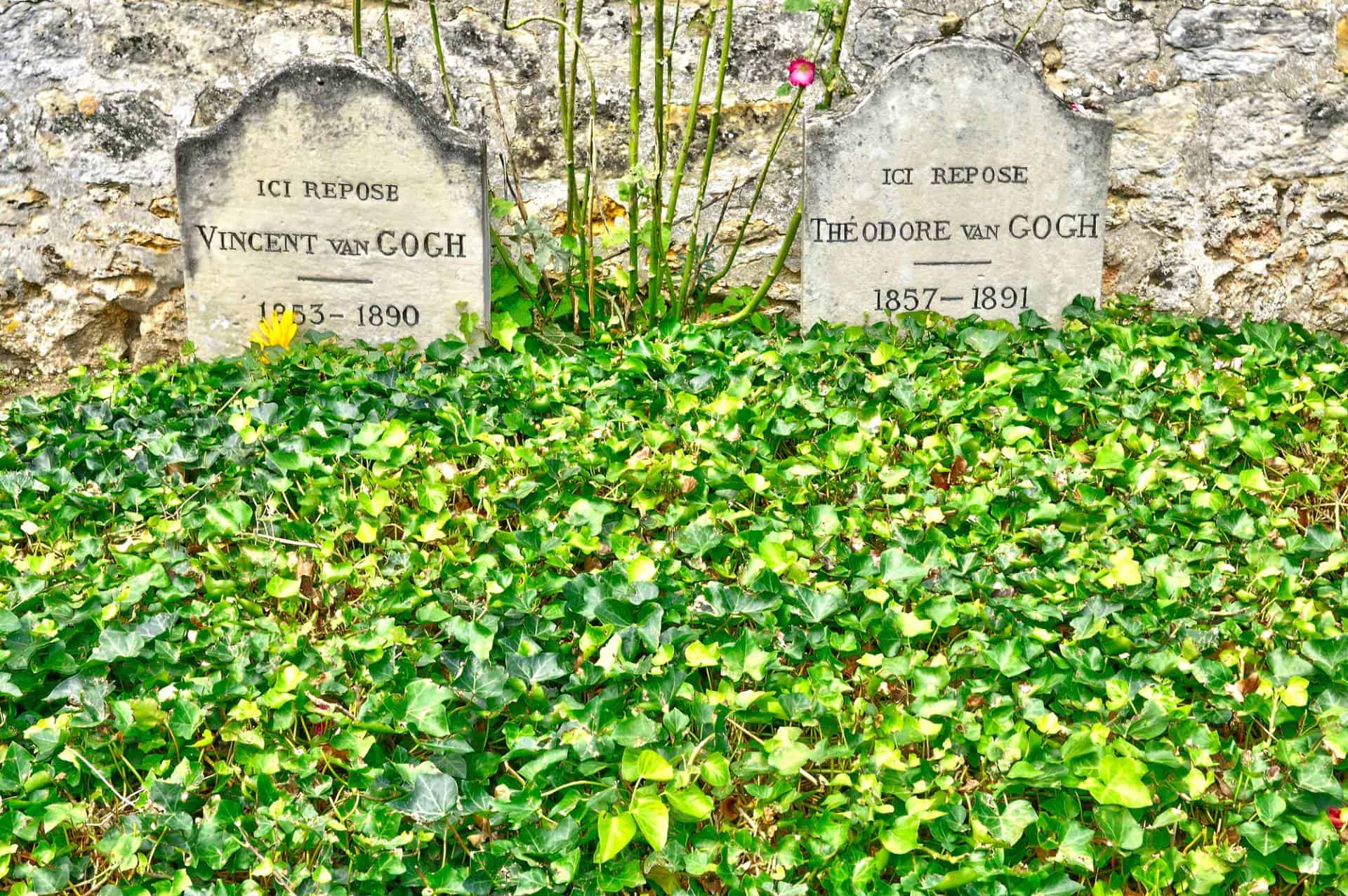
Exploring the Burial Places of Famous Artists: From Pere Lachaise in Paris to Santa Maria in Venice
The final resting places of famous artists hold a special significance in the art world, serving as sacred sites where admirers pay homage to their creative legacies. From grandiose tombs to humble graves, these burial sites offer a glimpse into the lives and deaths of some of history's most renowned artistic talents. Let's embark on a journey to discover where these illustrious figures are laid to rest, from the cobblestone streets of Paris to the tranquil canals of Venice.
Père Lachaise Cemetery in Paris: One of the most famous cemeteries in the world, Père Lachaise in Paris is the eternal home of numerous artistic luminaries. Among them lies the renowned sculptor Auguste Rodin, whose iconic works continue to inspire awe and admiration. Rodin's tomb, adorned with a bust of the artist himself, stands as a testament to his enduring influence on the art world. Visitors to Père Lachaise also pay their respects at the grave of Oscar Wilde, the celebrated Irish playwright and poet known for his wit and literary brilliance. Wilde's tomb, adorned with an intricate relief, serves as a poignant reminder of his enduring legacy and tragic demise.
Montparnasse Cemetery in Paris: Another notable resting place for famous artists in Paris is the Montparnasse Cemetery, where visitors can find the grave of the legendary painter and sculptor, Sandro Botticelli. Although Botticelli is best known for his masterpieces of the Italian Renaissance, including "The Birth of Venus" and "Primavera," he spent his final years in Paris, where he requested to be buried alongside his artistic peers. Today, Botticelli's tombstone bears an inscription commemorating his contributions to the art world and his enduring impact on subsequent generations of artists.
Santa Maria Gloriosa dei Frari in Venice: Venturing to the serene city of Venice, we discover the final resting place of Fra Filippo Lippi, a 15th-century painter whose innovative techniques revolutionized the art world of his time. Lippi's tomb can be found in the Santa Maria Gloriosa dei Frari, a majestic basilica renowned for its breathtaking architecture and rich artistic heritage. Here, visitors can pay their respects to the esteemed artist whose frescoes and altarpieces continue to captivate audiences with their beauty and complexity.
Chiesa di Ognissanti in Florence: In the heart of Florence, the Chiesa di Ognissanti serves as the burial site for one of the greatest artists of the Italian Renaissance, Sandro Botticelli. While Botticelli's exact burial arrangements remain unknown to this day, it is believed that he was laid to rest in an unmarked grave within the church where he worshipped during his lifetime. Despite the lack of a formal tomb or gravestone, Botticelli's legacy lives on through his timeless masterpieces, which continue to be celebrated and studied by art enthusiasts around the world.
Cimitero Maggiore in Milan: Heading north to Milan, we encounter the final resting place of Alessandro, a noblewoman whose identity and artistic contributions remain shrouded in mystery. Although little is known about Alessandro's life and work, her grave site in the Cimitero Maggiore serves as a poignant reminder of the countless artists whose names have been lost to history. While her tombstone bears no inscription or epitaph, Alessandro's presence in the cemetery speaks to the enduring power of art to transcend time and memory.
John the Baptist Byzantine Catholic Cemetery in Pennsylvania: Across the Atlantic in Pennsylvania, the final resting place of Jim Morrison, the legendary lead singer of The Doors, can be found in the John the Baptist Byzantine Catholic Cemetery. Morrison's remains were laid to rest in an unmarked grave, unknown to many of his fans who continue to flock to his grave site in search of connection and closure. Despite the absence of a formal tomb or gravestone, Morrison's legacy endures through his music and the indelible mark he left on the world of rock and roll.
Here are the famous artists and information about their final resting places:
- Michelangelo:
- Final Resting Place: Church of Santa Croce in Florence (Firenze), Italy.
- Information: Michelangelo Buonarroti (1475-1564) was an Italian sculptor, painter, and architect known for masterpieces like the statue of David and the ceiling of the Sistine Chapel. He was a leading figure of the Renaissance, renowned for his unparalleled skill in portraying the human form.
- Galileo Galilei:
- Final Resting Place: Church of Santa Croce in Florence (Firenze), Italy.
- Information: Galileo Galilei (1564-1642) was an Italian astronomer, physicist, and mathematician. He played a pivotal role in the Scientific Revolution and is often referred to as the "father of modern science." Galileo's discoveries with the telescope revolutionized our understanding of the cosmos.
- Niccolò Machiavelli:
- Final Resting Place: Church of Santa Croce in Florence (Firenze), Italy.
- Information: Niccolò Machiavelli (1469-1527) was an Italian diplomat, philosopher, and writer. He is best known for his political treatise, "The Prince," which explores pragmatic and often controversial advice for rulers. Machiavelli's works continue to be influential in political theory.
- Leonardo da Vinci:
- Final Resting Place: Chapel of Saint-Hubert in Amboise, France.
- Information: Leonardo da Vinci (1452-1519) was an Italian polymath, excelling as a painter, sculptor, architect, scientist, mathematician, and more. He is most famous for works like the Mona Lisa and The Last Supper. Leonardo's diverse talents made him a true Renaissance man.
- Rafael:
- Final Resting Place: Pantheon in Rome, Italy.
- Information: Rafael (1483-1520), also known as Raphael, was an Italian painter and architect of the High Renaissance. His works, including the School of Athens and The Sistine Madonna, are celebrated for their balance, harmony, and grace.
- Vittorio Emanuele II and Umberto I:
- Final Resting Place: Pantheon in Rome, Italy.
- Information: Vittorio Emanuele II (1820-1878) was the first king of a unified Italy and played a crucial role in the Italian unification. Umberto I (1844-1900) was his successor. Both monarchs were instrumental in the formation of modern Italy.
These artists and historical figures left indelible marks on the worlds of art, science, and politics. Their final resting places serve as reminders of their enduring legacies and contributions to human knowledge and culture. In conclusion, the final resting places of famous artists offer a fascinating glimpse into the intersection of art, history, and mortality. From grandiose tombs to humble graves, these sacred sites serve as tangible reminders of the enduring legacies of artistic luminaries who have shaped the course of human culture. Whether adorned with elaborate sculptures or marked by simple gravestones, these burial sites invite visitors to reflect on the lives and contributions of the individuals laid to rest within their hallowed grounds.
Did you know?
- Out of the 25 million dwellings in the UK there are only 60,000 thatched roof homes. They can be made out of water reed which an last up to 65 years, wheat straw which can last up to 40 years, and long straw which can last for up to 25 years. Though extremely expensive, some water reed roofs if maintained properly can last over 100 years.
- UNESCO estimates that nearly two-thirds of the world’s art treasuries lies within Italy.
- Leonardo Da Vinci could write with one hand and draw with the other at the same time.
- The oldest public museum in the world, The Capitoline Museums atop Capitoline Hill in Rome, was founded in 1471 when Pope Sixtus IV donated a number of bronze statues to the city. It is still there and open to the public.
- Michelangelo’s marble for statues such as David and the Pieta were selected from the Fantiscritti quarries located in Carrara (Tuscany), Italy.
- Belgium has the most artists per square meter in Europe.
- While at their height during the mid 19th century about 10,000 windmills were in operation in the Netherlands, only about 950 operating windmills still remain.
- If a statue of a person on a horse (usually cast in bronze) has:
- Both legs in the air = the person died in battle
- One leg in the air = the person died as a result of wounds received in battle
- All four legs on the ground = the person died of natural causes


